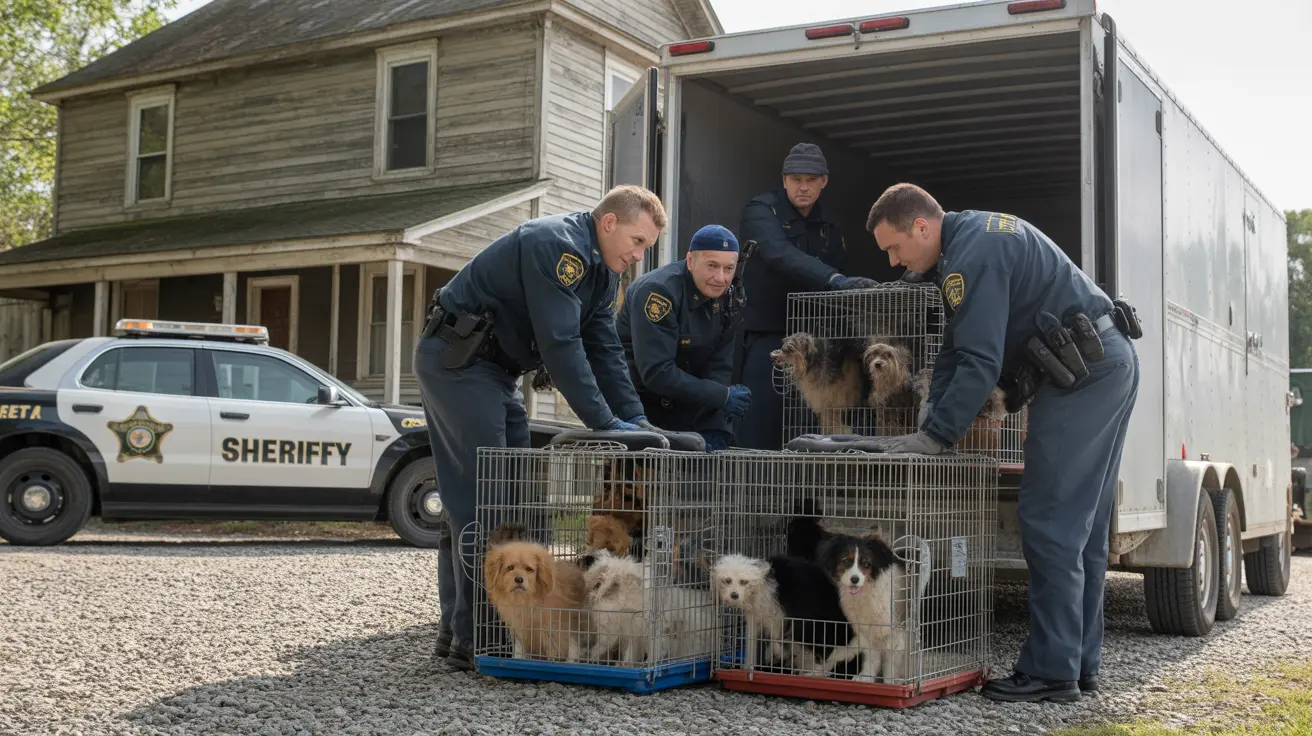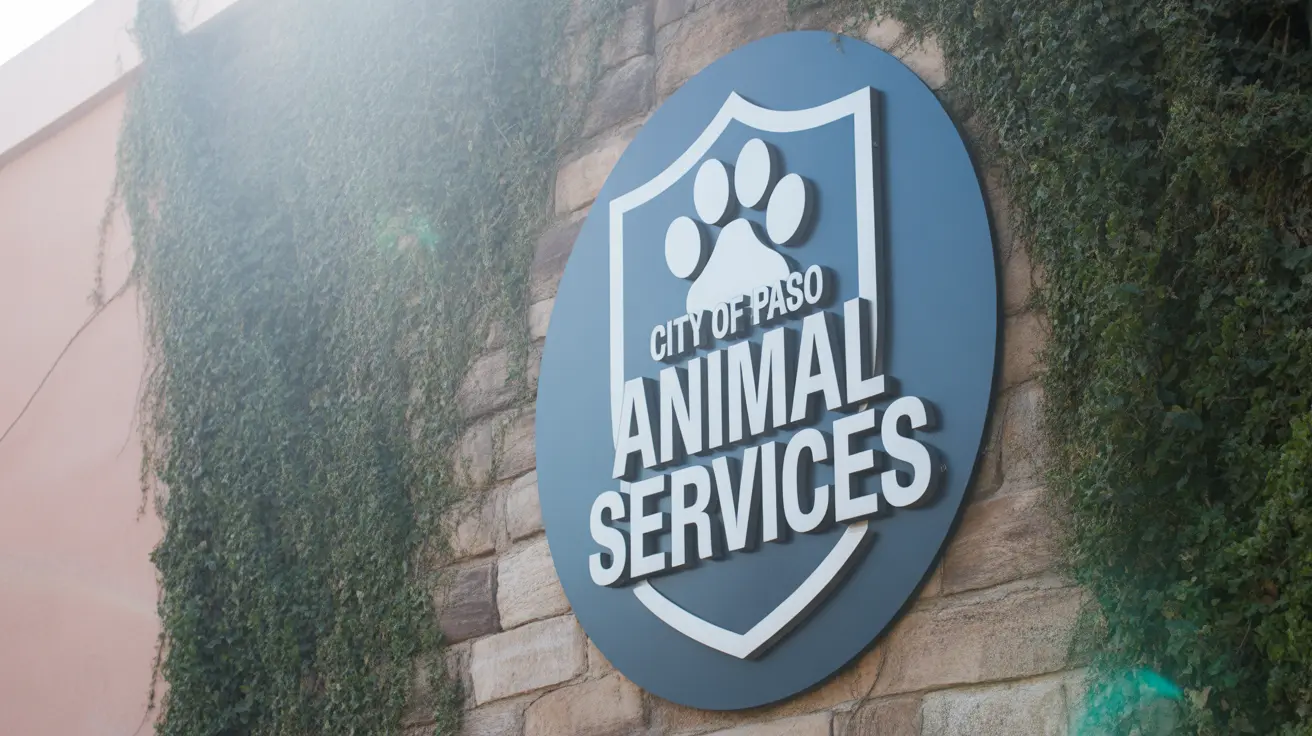Understanding Animal Hoarding and Its Impact
Animal hoarding situations often develop gradually, creating severe consequences for both animals and humans involved. These cases typically involve overwhelming numbers of pets living in unsuitable conditions, leading to health and safety concerns for all parties involved.
Signs of Animal Hoarding and Early Detection
The successful intervention in Adams County emphasizes the importance of recognizing warning signs early. When communities remain alert to potential hoarding situations, authorities can act before conditions deteriorate further.
The Rescue Operation Process
The mass animal confiscation required careful coordination between multiple agencies. Law enforcement and animal welfare professionals worked systematically to ensure each animal received proper attention during the rescue process.
Community Support for Animal Shelters
Local shelters face significant challenges when managing large-scale rescues like this one. The sudden influx of 250 animals requires substantial resources, including:
- Emergency housing facilities
- Veterinary care
- Food and supplies
- Additional staff and volunteer support
Legal Framework and Consequences
Under Wisconsin animal neglect law, cases of this magnitude receive serious attention from authorities. The legal system addresses both animal welfare concerns and the underlying issues that lead to hoarding behaviors.
Mental Health and Animal Hoarding
Understanding the connection between mental health and animal hoarding is crucial for preventing future incidents. Professional intervention often requires a dual approach addressing both animal welfare and mental health support services.
Recovery and Rehabilitation Process
The animal hoarding cleanup process involves multiple stages of rehabilitation for both the rescued animals and the affected property. Shelter staff must assess each animal's health needs while preparing them for eventual adoption.
Hope for Rescued Animals
These animals will require extensive care before becoming eligible for adoption. The goal is to provide them with proper medical treatment, socialization, and eventually, loving forever homes.
Frequently Asked Questions
What are the common signs of animal hoarding that neighbors or pet owners should watch for?
Signs include an excessive number of animals, strong foul odors from waste, unsanitary living conditions, untreated injuries or illnesses among animals, crowded and deteriorating property, and owners unwilling to allow inspections or access.
How do local law enforcement and shelters coordinate to rescue animals in large hoarding cases?
Rescue operations involve sheriff deputies, animal control officers, and shelter staff working together under search warrants to remove animals, provide urgent veterinary care, and transport them to shelters for rehabilitation and adoption.
How can community members help shelters during large animal hoarding rescues?
People can support shelters by donating supplies, fostering or adopting rescued animals, volunteering their time, and reporting suspected neglect early to enable intervention.
Conclusion
This significant animal hoarding rescue in Adams County demonstrates the critical importance of community awareness and prompt intervention in protecting animal welfare. The successful rescue of 250 animals represents not just an immediate intervention but also an opportunity to educate the public about the signs of animal hoarding and the resources available for prevention and support.
The collaboration between law enforcement and animal welfare organizations shows how coordinated efforts can lead to positive outcomes in even the most challenging situations. As these animals begin their journey toward recovery and new homes, their story serves as a reminder of the ongoing need for vigilance and support in preventing and addressing animal hoarding cases.






